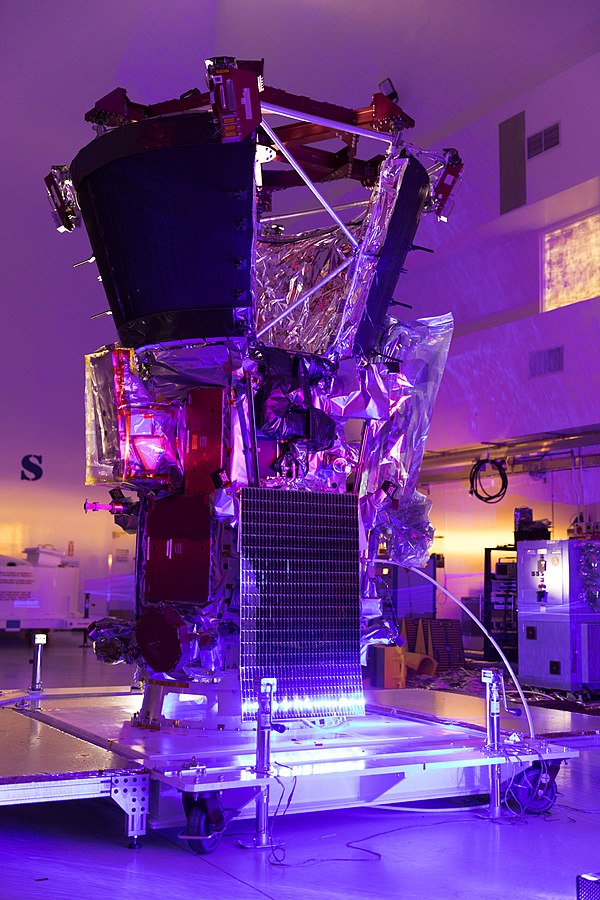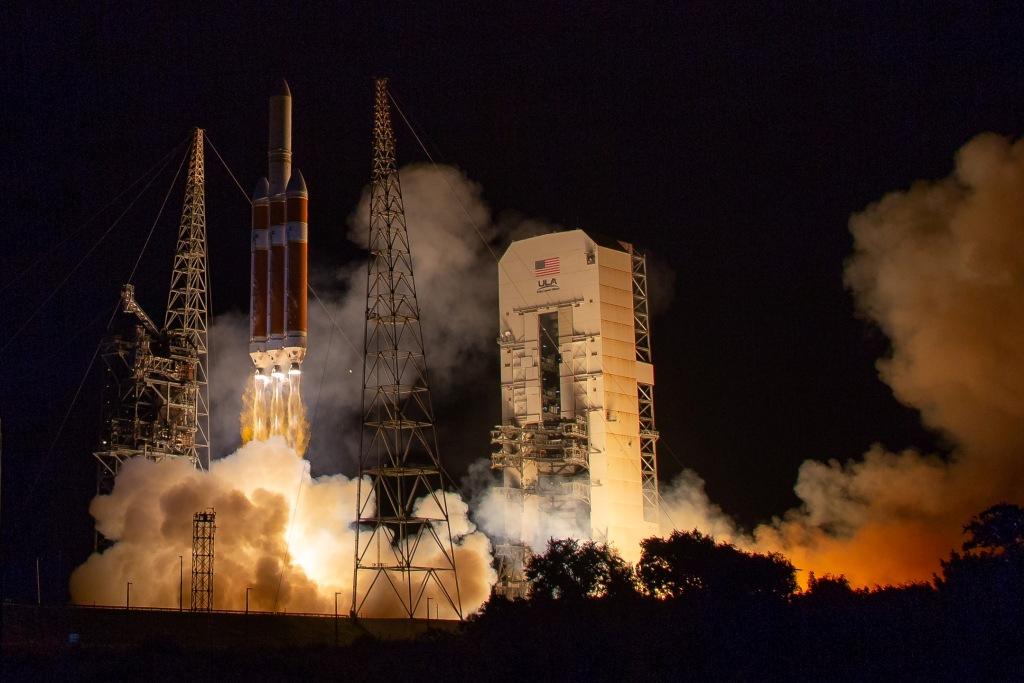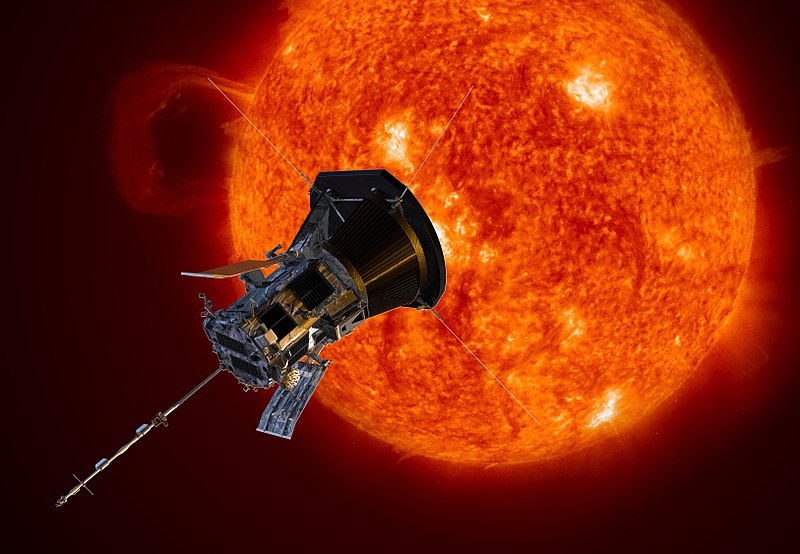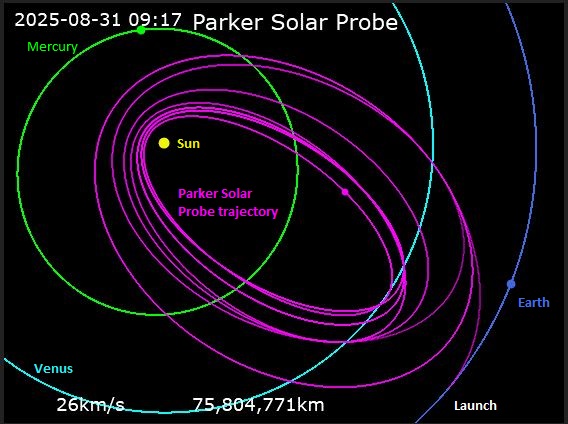Parker Solar Probe’s Journey To ‘Touch The Sun’
Getting A Closer Look
One of NASA’s most extreme missions ever, the Parker Solar Probe is going where no spacecraft has gone before. The probe will fly through the Sun’s outer atmosphere at speeds up to 700,000 kph (430,000 mph) braving temperatures as high as 1,400 °C (2,500 °F) and intense radiation all while being buffeted by the solar winds - this is one hardy little probe! All this to reveal the mysteries of the origin of the Sun’s solar winds and solar storms which impact Planet Earth and create our Aurora!

Parker Solar Probe's Fast Summary Facts!
- Type: Orbiter
- Destination: Sun Observation
- Status: Active
- Launch Location: Cape Canaveral, Florida
- Launch Date: August 12th 2018
- Closet Approach: 0.046 AU (6.9 million Km)
- Planned Mission Duration: 7 years
Interesting Facts About The Parker Solar Probe's Mission
- A mission to the Sun’s intense corona has been talked about for decades, but in part, the technology to survive such a perilous journey hasn’t existed until now.
- The mission is unique as it is named after a living scientist for the first time, astrophysicist Eugene Parker.
- The Parker Solar Probe’s objective is to fly into the outermost part of the Sun's atmosphere, known as the corona. It will study the structure and nature of the Sun's coronal plasma particles and magnetic field to better understand why the corona is hotter than even the Sun’s surface and how the solar winds speed up when they escape into space!
- To achieve this, the spacecraft will use Venus' gravity by making 7 close flybys to gradually alter its orbit, bringing it closer to the Sun after each pass. Following its final Venus flyby in the year 2024, the spacecraft will fly through the Sun’s atmosphere only 6.9 million kilometres from the star’s surface! For comparison, Earth orbits 150 million kilometres from the Sun.
- The orbital period will gradually decrease from 150 days to 88 days due to these planned orbit altering flybys of Venus.
- The probe's orbit is highly elliptical, spending only a short period of time close to the Sun before returning to outside of Mercury's orbit. The probe is expected to complete a total of 26 close approaches of the Sun.
- Following the final close approach, the Parker Solar Probe will hold the record for coming closer to the Sun than any other probe while also becoming the fastest man-made object travelling at over 691,000 kph (430,000 mph)! That’s nearly 200 kilometres a second!
- To protect the spacecraft from the extreme heat and radiation (up to 1,370 °C (2,500 °F)), a thick reflective solar heat shield is used. The Sun’s light and heat during its closest approaches will be 475 times stronger than we experience from Earth’s orbit.
- The probes electronics are powered by two small solar panels that have to be retracted during the probes close approaches to prevent them being damaged by the intense heat!
- The Parker Solar Probe was launched towards Venus by the powerful Delta IV Heavy rocket on the 12th of August 2018.




Preparing Parker Solar
Launch
Sun Bound
Planned Orbits


